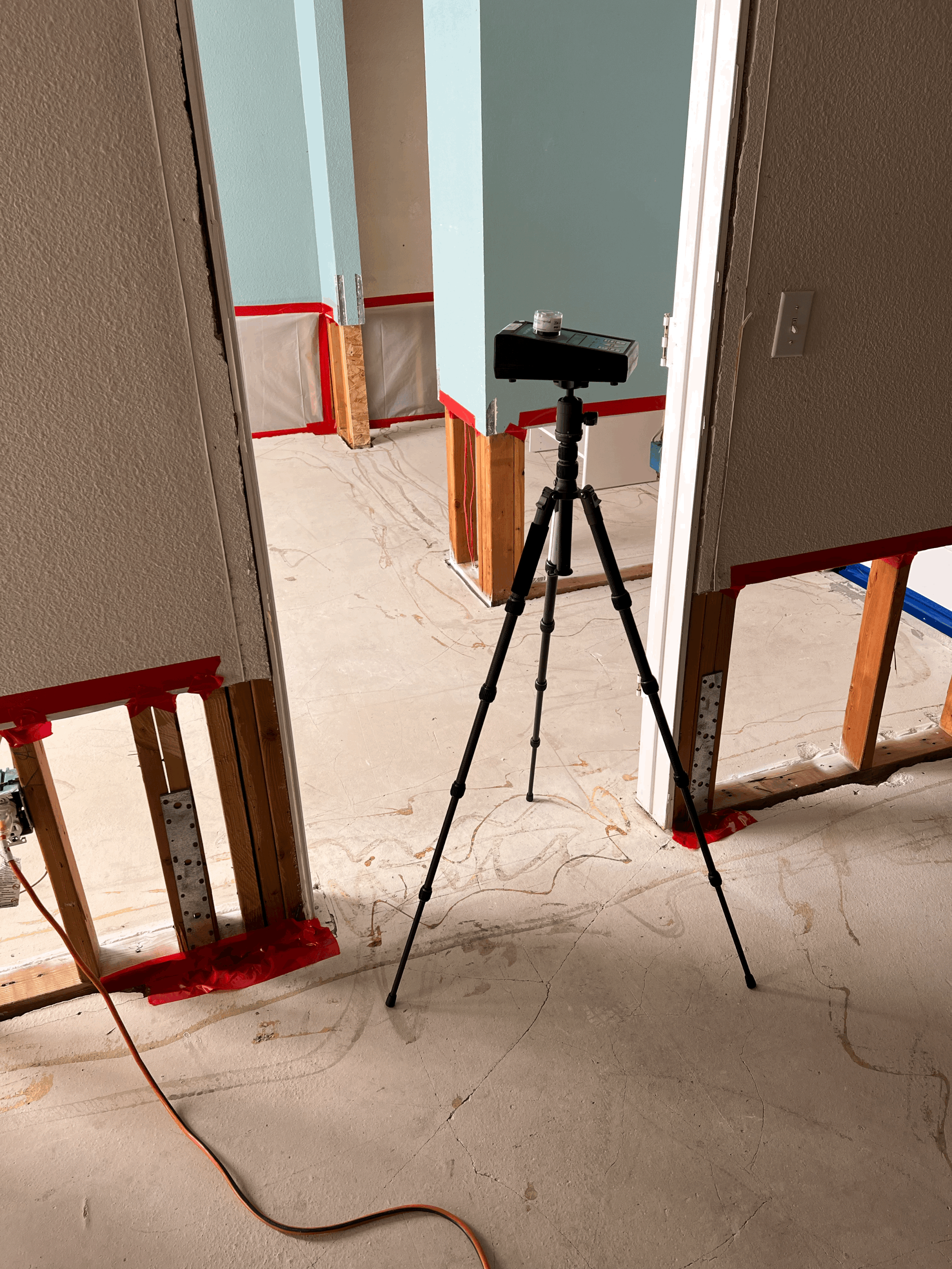Mold testing with QIC Environmental procedure.
Mold testing is conducted to determine the presence of mold spores in a given environment. It is often performed if there are signs of mold growth or if individuals are experiencing health issues that might be related to mold exposure. Here's a general procedure for mold testing when you hire QIC Environmental:
1. Identify Problem Areas: First, identify the areas in your home or building where mold growth is suspected or visible. Common problem areas include bathrooms, kitchens, basements, and areas with water leaks or high humidity.
2. Choose Testing Method: Twe utilize different methods for mold testing for your need. The three primary methods are:
a. Air Sampling: This involves collecting air samples to measure the concentration of mold spores in the air. There are two main types of air sampling: spore trap sampling (captures spores on a sticky surface) and viable sampling (captures spores on a nutrient-rich media to see if they can grow).
b. Surface Sampling: This method involves swabbing or tape-lifting surfaces to collect mold spores that might be present on the surface.
c. Bulk Sampling: In this method, a piece of material or a portion of the material with visible mold growth is collected and sent to the lab for analysis.
3. Hire a Professional: When you hire a professional mold inspector like QIC Environmental Service. We have the expertise and experience to properly inspect, samples and interpret the results correctly.
4. Send Samples to a Certified Laboratory: Ensure that the collected samples are sent to a certified laboratory for analysis. The laboratory will examine the samples to identify the types and concentration of mold spores present. At QIC Environmental Service all our samples are analyze by a trusted 3rd party laboratory
5. Interpretation of Results: Once the lab analysis is complete, the results will be provided to you. A professional mold inspector can help interpret the results and provide recommendations based on the findings. We have over 18 years experience in this field.
6. Addressing the Mold Issue: If the test confirms the presence of mold, you'll need to take appropriate measures to address the mold problem. This may involve cleaning and removing mold from affected areas, addressing water leaks or high humidity, and implementing mold prevention strategies. We have our trusted partners that can help with removal and rebuild process
Remember that mold is a common issue, and not all types of mold are harmful. However, certain types of mold can cause health problems, especially for individuals with mold allergies or respiratory conditions. If you suspect a significant mold issue, it's essential to take proper precautions and, we can help from start to rebuild. Our trusted partners are professionals to ensure effective remediation.




